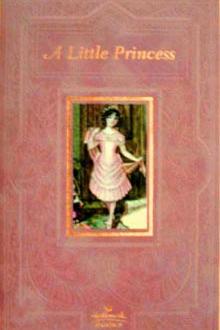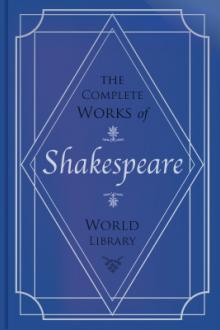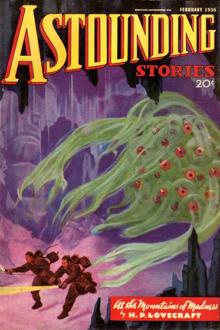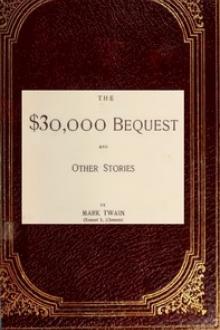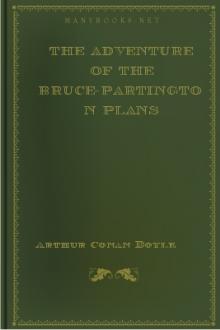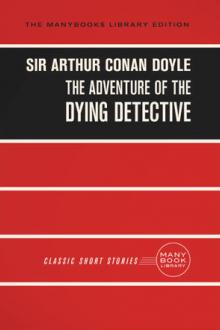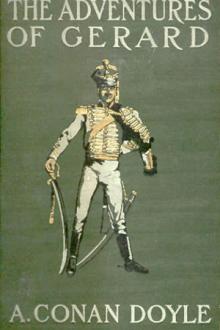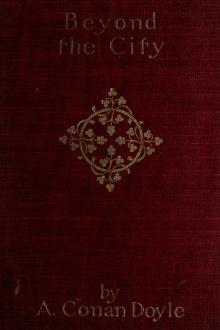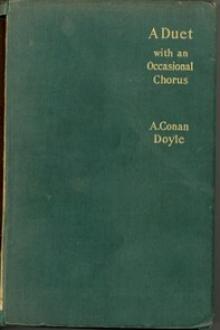The Doings of Raffles Haw
The Doings of Raffles Haw
The story of Raffles Haw, while being extravagantly mysterious, is a big and powerful yarn. The evil that immense wealth can bring--that is the basis of the story; its action and mystery, however, is concerned with how the character makes and spends his billions.
Book Excerpt
ous mistake," he said. "I must try and set it right.
Yet I don't know how to set about it either. I was going down to the
village from the Vicarage just after dusk when I found a fellow in a
trap who had got himself into broken water. One wheel had sunk into the
edge of the ditch which had been hidden by the snow, and the whole thing
was high and dry, with a list to starboard enough to slide him out of
his seat. I lent a hand, of course, and soon had the wheel in the road
again. It was quite dark, and I fancy that the fellow thought that I
was a bumpkin, for we did not exchange five words. As he drove off he
shoved this into my hand. It is the merest chance that I did not chuck
it away, for, feeling that it was a crumpled piece of paper, I imagined
that it must be a tradesman's advertisement or something of the kind.
However, as luck would have it, I put it in my pocket, and there I found
it when I looked for the dates of our cruise. Now you know as much of
the matter as I do."
Brother and sister s
Editor's choice
(view all)Popular books in Fiction and Literature, Satire, Science Fiction
Readers reviews
3.0
LoginSign up
Even the greats have their failures. While decently written, the story moves slowly and gives us no character to admire, ending as a tragedy. A decent premise but hardly new—that money by itself can be the root of evil.
- Upvote (0)
- Downvote (0)
Absolutely could not get into this. It's the old style with plenty of words yet little action. I say skip it.
02/28/2014
You might call this the beginnings of steampunk. The billionaire Raffles Haw comes to the village of Tamfield and builds an ingenious house, full of fantastic labor-saving mechanisms and costly furnishings, from whence he begins a campaign of calculated beneficence. He befriends a struggling artist and falls for the artist's beautiful sister -- both, seemingly, indifferent to his wealth -- but otherwise lives a rather solitary, secretive life.
The plot concentrates more on the psychological impact of Haw's Midas touch than on the marvelous inventions he uses it to create, but there's much ingenuity in this early example of engineering-based science fiction.
It's a pity that few people today read any of Arthur Conan Doyle's work beyond Sherlock Holmes. This novel and "Beyond the City" are both more interesting than the often formulaic Holmes stories.
The plot concentrates more on the psychological impact of Haw's Midas touch than on the marvelous inventions he uses it to create, but there's much ingenuity in this early example of engineering-based science fiction.
It's a pity that few people today read any of Arthur Conan Doyle's work beyond Sherlock Holmes. This novel and "Beyond the City" are both more interesting than the often formulaic Holmes stories.
04/13/2010

 Free Download
Free Download














